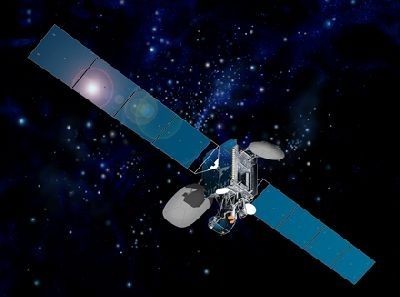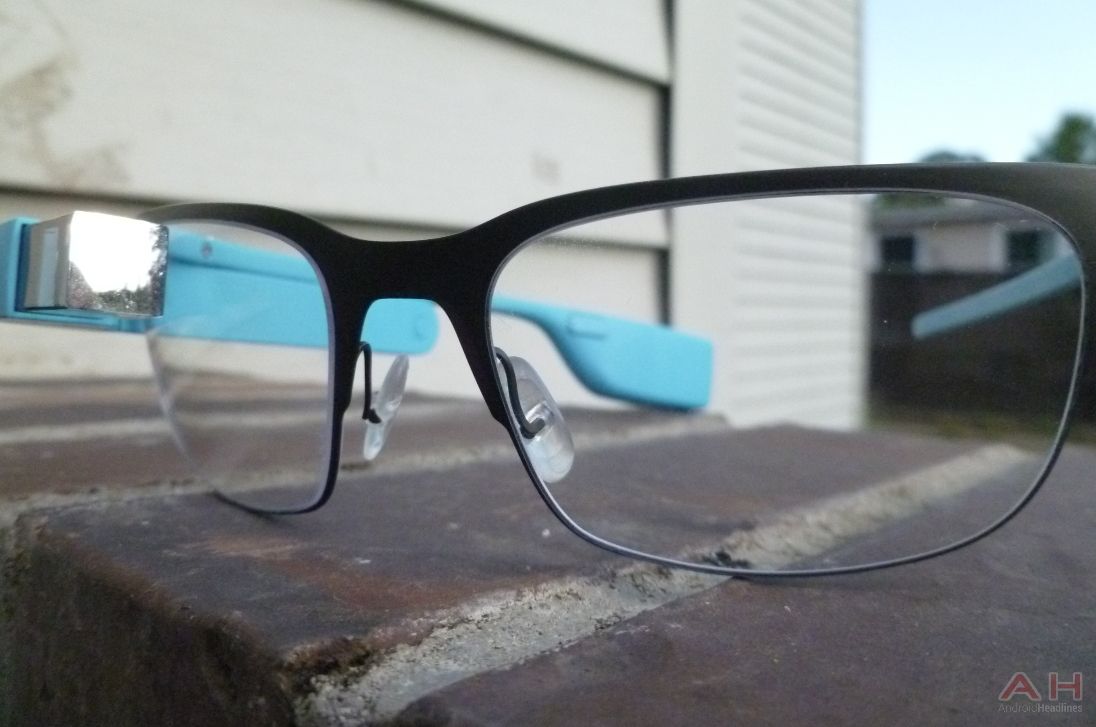Page 11164
Apr 25, 2016
DARPA’s Vertical Takeoff/Landing X-Plane Takes Its First Flight
Posted by Karen Hurst in category: transportation

Vertical take-off has been around a long long time. Take a look at the Harrier Jet.
At 20 percent scale.
Continue reading “DARPA’s Vertical Takeoff/Landing X-Plane Takes Its First Flight” »
Apr 25, 2016
New Tools for Human-Machine Collaborative Design
Posted by Karen Hurst in categories: computing, information science
Nice; taking design and manufacturing to new levels.
Advanced materials are increasingly embodying counterintuitive properties, such as extreme strength and super lightness, while additive manufacturing and other new technologies are vastly improving the ability to fashion these novel materials into shapes that would previously have been extremely costly or even impossible to create. Generating new designs that fully exploit these properties, however, has proven extremely challenging. Conventional design technologies, representations, and algorithms are inherently constrained by outdated presumptions about material properties and manufacturing methods. As a result, today’s design technologies are simply not able to bring to fruition the enormous level of physical detail and complexity made possible with cutting-edge manufacturing capabilities and materials.
To address this mismatch, DARPA today announced its TRAnsformative DESign (TRADES) program. TRADES is a fundamental research effort to develop new mathematics and algorithms that can more fully take advantage of the almost boundless design space that has been enabled by new materials and fabrication methods.
“The structural and functional complexities introduced by today’s advanced materials and manufacturing methods have exceeded our capacity to simultaneously optimize all the variables involved,” said Jan Vandenbrande, DARPA program manager. “We have reached the fundamental limits of what our computer-aided design tools and processes can handle, and need revolutionary new tools that can take requirements from a human designer and propose radically new concepts, shapes and structures that would likely never be conceived by even our best design programs today, much less by a human alone.”
Continue reading “New Tools for Human-Machine Collaborative Design” »
Apr 25, 2016
DARPA to service satellites in space
Posted by Karen Hurst in categories: energy, military, robotics/AI, satellites
 Satellites operators have been longing for it for decades, and DARPA (once again?) is turning their dream into reality: on March 25, one of America’s most futuristic agency announced it would launch a public-private partnership to provide in-orbit servicing to geosynchronous satellites, both commercial and military.
Satellites operators have been longing for it for decades, and DARPA (once again?) is turning their dream into reality: on March 25, one of America’s most futuristic agency announced it would launch a public-private partnership to provide in-orbit servicing to geosynchronous satellites, both commercial and military.
The program dubbed Robotic Servicing of Geosynchronous Satellites (RSGS) will be a major breakthrough for the satellite industry world. Since Sputnik’s launch, the biggest weakness of satellites was that, once on orbit, nothing could be done if something went wrong or once the fuel tank ran dry. A rather embarrassing issue when considering how pricey such platforms are. The only maintenance and repair operations performed to date were manned (Hubble telescope, ISS). The agency announced that it would allocate RSGS $500mn over the next few years, supplemented by commercial partner investment.
DARPA’s RSGS is composed of two elements: the arm that will dock and manipulate the satellite, and the space ship carrying it. Regarding the first element, the agency will provide its Front-end Robotics Enabling Near-term Demonstration (FREND) technology. The prototype of the FREND arm was built for the agency by the California-based company Alliance Space Systems. The robotic arm will enable it to dock with satellites and carry out maintenance.
Apr 25, 2016
Google building Area 120, an in-house incubator to avoid talent from leaving
Posted by Karen Hurst in category: business
Google innovation lab — where innovators can join; but can never leave.
Google wants to retain its top talent and now has a plan for it! According to a report by TheInformation the company plans on building an in-house startup incubator internally known as Area 120.
This entrepreneurial space will let Google employees develop their ideas, which will be supported and funded by Google. The report further adds that executives Don Harrison and Bradley Horowitz will be managing the incubator. Once the business plan is drafted by employees, teams can work full time on the said project. After some months they get the option to either pitch for more funding and set out as a whole new company, adds the report.
Continue reading “Google building Area 120, an in-house incubator to avoid talent from leaving” »
Apr 25, 2016
DARPA wants someone to build the DoD a new secure Blockchain based messaging platform
Posted by Karen Hurst in categories: bitcoin, business, computing
I was talking to someone only last week about this plus leveraging GPU chips.
The United States Defense Advanced Research Projects Agency (DARPA) is advertising for a business to assist it in building a secure messaging app using distributed ledger (Blockchain) technology for the Department of Defense (DoD).
An advertisement for the role appeared on the Defense Business portal and states that there is a “critical DoD need to develop a secure messaging and transaction platform accessible via web browser or standalone native application.”
Apr 25, 2016
Imaging Advantage and MIT to create artificial intelligence X-ray engine
Posted by Karen Hurst in categories: cybercrime/malcode, robotics/AI
Hmmm; wonder what the ransomware hackers will do with this one.
Seven billion radiological images.
Courtesy: Imaging Advantage.
Continue reading “Imaging Advantage and MIT to create artificial intelligence X-ray engine” »
Apr 25, 2016
Bill Gates’ plan to fix education with artificial intelligence
Posted by Karen Hurst in categories: education, robotics/AI
Apr 25, 2016
AI Helps Scientists Develop Anti-Poaching System
Posted by Karen Hurst in categories: computing, information science, mathematics, robotics/AI, security
A team of computer scientists from the University of Southern California (USC) have been successful in developing a new method to alleviate wildlife poaching. The National Science Foundation (NSF) funded the project that has created a model for ‘green security games’.
This model is based on game theory to safeguard wildlife from poachers. Game theory involves predicting the actions of enemy using mathematical equations and subsequently formulating the best possible restrain moves. This model will enable more efficient patrolling of parks and wildlife by park rangers.
An artificial intelligence (AI) application, known as Protection Assistant for Wildlife Sanctuary (PAWS) was developed by Fei Fang, a Ph.D. candidate in the computer science department at USC and Milind Tambe, a professor of computer science and systems engineering at USC, in 2013. The team has since then spent a couple of years to test the effectiveness of the application in Uganda and Malaysia.
Continue reading “AI Helps Scientists Develop Anti-Poaching System” »
Apr 25, 2016
New Funding Could Bring Google Glass To More Hospitals
Posted by Karen Hurst in categories: augmented reality, biotech/medical, business, health, wearables
Nice
The consumer version of Google Glass smart wearable probably won’t be coming to the market anytime soon, but it seems like the project is far from dead. Namely, one of the startups which came to being after Google originally revealed its hi-tech headset several years ago is now raising new capital in order to bring Google’s optical head-mounted display into more hospitals and other health care facilities. The company in question is Augmedix, one of the ten official “Google Glass for Work” partners. Its main activity is developing software for wearable devices utilized in the medical industry, i.e. co-developing inventions which should make doctors’ lives easier. As Augmedix’s CEO Ian Shakil puts it, the doctors are “engaging with patients in front of them” while his company’s inventions are taking care of the “burdensome work in the background”.
Augmedix managed to raise $17 million of strategic investment capital from five institutions: TriHealth Inc., Sutter Health, Catholic Health Initiatives, Dignity Health, and a fifth, yet unnamed entity. This is the second round of funding the Silicon Valley company managed to secure in just over a year after raising $16 million in 2015. In total, the groups which financed Augmedix’s endeavors represent more than 100,000 health care providers. Naturally, the company can’t yet aim to deliver 100,000 of smart wearables designed for the medical industry, but it’s slowly getting there. Specifically, it’s currently providing equipment and services to hundreds of physicians and surgeons and is hoping to do the same with “thousands” more by 2017. No concrete figures have been provided by Augmedix, though the startup did confirm that it’s currently achieving a “multi-million dollar revenue” on a yearly basis.
Continue reading “New Funding Could Bring Google Glass To More Hospitals” »















